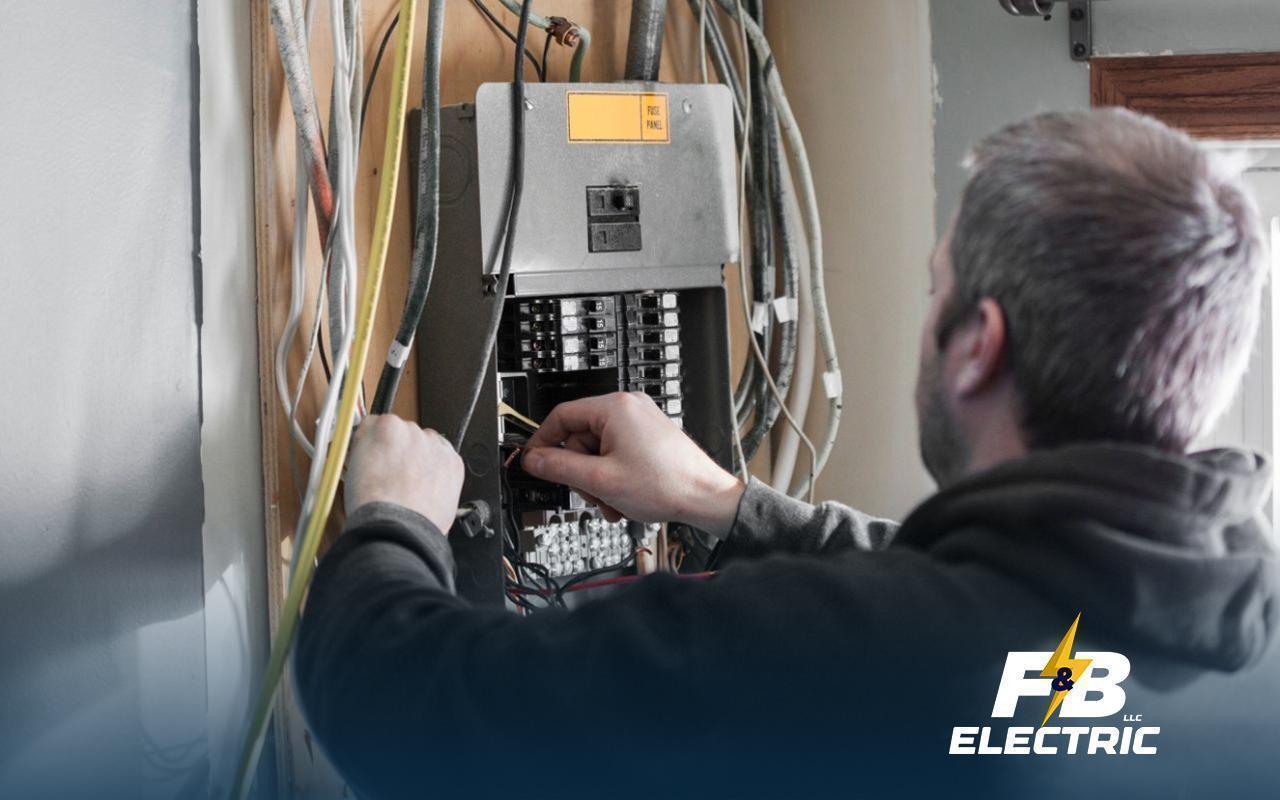
An electrical inspection checklist is crucial for ensuring safety and efficiency in any electrical system. Professional electricians rely on a detailed checklist for new construction, renovations, or routine maintenance to identify potential risks and verify compliance. Understanding what goes into an inspection can help property owners stay ahead of electrical issues.
How an Electrical Inspection Checklist Ensures Safety
A structured approach to inspections helps prevent hazards, reduce unexpected failures, and maintain system efficiency.
Why Electrical Inspections Are Necessary
Electrical systems degrade over time due to usage, environmental factors, and outdated components. Regular inspections help:
- Detect issues before they become major hazards.
- Ensure compliance with current safety codes.
- Prevent unexpected power failures.
- Verify that electrical components are functioning properly.
Who Needs an Electrical Inspection?
Not all properties require the same level of inspection. However, certain situations make it necessary:
- Before purchasing a property to identify potential electrical concerns.
- After home renovations to confirm that all modifications meet safety standards.
- When experiencing electrical issues such as flickering lights or frequent circuit trips.
- For businesses to maintain compliance with workplace safety regulations.
Key Elements of an Electrical Inspection Checklist
Professionals use a comprehensive checklist to examine various aspects of an electrical system.
Inspection of Electrical Panels
The panel is the core of any electrical system. Inspectors check:
- Proper labeling of circuit breakers.
- Evidence of overheating or corrosion.
- Secure and properly sized wiring connections.
- Adequate capacity to support the electrical load.
Outlet and Switch Testing
Outlets and switches are often the first indicators of underlying issues. Inspectors assess:
- The condition of receptacles and wall plates.
- Functionality of light switches and dimmers.
- Proper grounding and polarity.
- Safe operation of Ground Fault Circuit Interrupter (GFCI) outlets.
Wiring Evaluation
Faulty wiring is a leading cause of electrical problems. An inspection covers:
- The presence of outdated or damaged wiring.
- Proper insulation to prevent overheating.
- Secure connections at junction boxes.
- Compliance with current electrical codes.
Lighting System Review
Inspectors check lighting systems to ensure:
- Fixtures are securely installed.
- No exposed wires or loose connections.
- Proper wattage for light bulbs.
- Adequate outdoor lighting safety features.
How to Prepare for an Electrical Inspection
While a professional electrician conducts the inspection, property owners can take steps to make the process smoother.
Steps to Get Ready
- Ensure access to electrical panels and outlets.
- Test light switches and document any malfunctions.
- Make a list of electrical concerns, such as frequently tripped breakers.
- Unplug unnecessary devices to avoid interference with testing.
What Happens After an Inspection?
Once the checklist is completed, the inspector provides a report detailing the following:
- Any immediate safety concerns that need attention.
- Recommendations for upgrading outdated components.
- A summary of code compliance findings.
Understanding the Value of an Electrical Inspection Checklist
Following a professional electrical inspection checklist ensures that systems remain safe, efficient, and up to code. Knowing what is examined helps property owners make informed decisions about maintenance and upgrades.
Our licensed electricians provide 24/7 service, free estimates, and a one-year warranty on all work. Contact us today to schedule a professional inspection.
